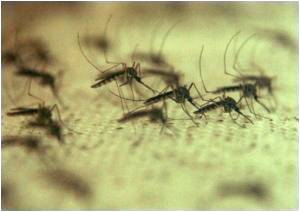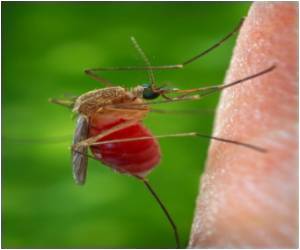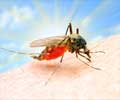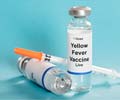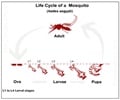Dengue fever costs nearly $40 million in US territory of Puerto Rico, say sources.

Known as "break-bone fever" for its capacity to cause excruciating joint pain, the disease, which is transmitted by a bite from the Aedes aegypti mosquito, broke out in the Florida Keys in 2010 and currently threatens nearly three billion people worldwide.
"People generally think of dengue as a disease of poor countries; the fact that we found it to be a major burden in a US territory -- and because it recently has cropped up on the US mainland -- is a reminder that mosquito-borne illnesses can present an equal opportunity threat," said Donald Shepard, PhD, a co-author of the paper.
Worldwide dengue infects 100 to 200 million people each year and causes 20,000 deaths. Many public health experts believe the true burden of dengue is understated given the dramatic growth in urban areas where dengue-infected mosquitoes thrive. Appropriate treatment, particularly for the more severe dengue hemorrhagic fever, is critical to recovery.
Shepard and his colleagues focused on Puerto Rico because it is an area within the United States with substantial dengue transmission. In 2010, Puerto Rico experienced its largest outbreak ever of dengue with 22,648 cases reported for an incidence rate of 57 per 10,000 people. However, the availability of treatment has limited dengue-related fatalities in Puerto Rico, with deaths averaging about 16 per year.
The Brandeis team focused mainly on the costs of treating and coping with the disease. Researchers conducted extensive reviews of patient records and in-depth interviews with families about how the disease affected their lives. For example, they found that a case of dengue caused more missed days at work than an influenza case.
Advertisement
In an editorial accompanying the study, Duane Gubler, ScD, a dengue fever expert with the Duke University-National University of Singapore Graduate Medical School and the former chief of the Dengue Branch at the US Centers for Disease Control and Prevention, praised the research for providing a concrete portrait of dengue's economic impact. Gubler believes dengue is "likely more important than malaria globally in terms of morbidity and economic impact." But he noted that while many prior studies have considered economic effects, prior to the Puerto Rico analysis none had provided "comprehensive data on the actual costs of dengue disease."
Advertisement
For example, the Brandeis team found that "because the cost of illness is five times the cost of surveillance and control," spending more to control mosquito populations could save $5 for each additional dollar invested. And the study concludes that with federal funding now covering 62 percent of Puerto Rico public health costs, "sound investments related to dengue would benefit not only residents of Puerto Rico but all taxpayers throughout the United States."
Source-Eurekalert



